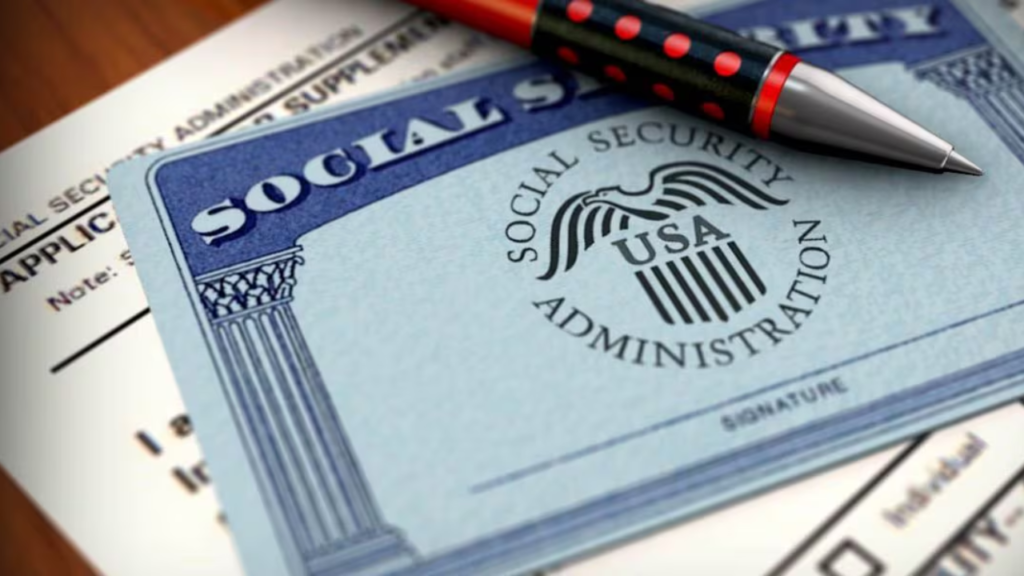The Social Security Administration (SSA) has officially announced the elimination of the Government Pension Offset (GPO), which will bring major changes for widows and widowers across the United States.
This update, effective from January 5, 2025, is expected to make Social Security benefits more fair for those who were previously penalized for receiving pensions from non-Social Security-covered jobs.
This change is a relief for many widows as it removes a rule that reduced their Social Security survivor benefits due to other pensions, often leading to financial stress.
Earlier, if a widow received a pension from a job that didn’t pay into Social Security, such as certain government roles, the GPO reduced the Social Security benefit they were entitled to from their deceased spouse.
In many cases, the reduction was up to two-thirds of their pension amount. That meant someone with a monthly pension of $900 could lose up to $600 of their survivor benefit.
This policy was widely criticized for being unfair, especially to women who worked in public service roles like teaching, nursing, or local government.
Now, with the GPO gone, these widows will receive full survivor benefits, helping them to maintain financial stability during retirement.
Along with the GPO, the SSA has also removed the Windfall Elimination Provision (WEP), another rule that mainly affected retired public sector workers like police officers, firefighters, and teachers.
The WEP used to reduce Social Security retirement or disability benefits for people who worked in both Social Security-covered and non-covered jobs.
Critics have long argued that this rule punished people who dedicated years to public service. Its elimination is expected to benefit hundreds of thousands of retirees who will now receive more accurate payments based on their earnings history.
This move is part of a larger effort by the SSA to modernize and make the Social Security system more balanced. One of the other updates includes a rise in the annual income limit for early retirees.
In 2025, retirees who haven’t reached full retirement age can earn up to $23,400, up from $22,320 in 2024, without losing Social Security benefits.
If they earn more than that amount, $1 will be deducted from their benefits for every $2 earned above the limit. This update provides a bit more flexibility for people who wish to continue working while also collecting partial benefits.

The SSA is also increasing the Cost of Living Adjustment (COLA) by 2.5% starting in 2025. This means an average increase of about $50 in monthly benefits for retirees, helping them to manage the rising costs of essentials like groceries, medical care, and housing.
This adjustment is particularly important given the inflation concerns faced by many older Americans who rely heavily on Social Security as their primary income source.
Another operational change announced is the revised payment schedule. Going forward, the distribution of monthly Social Security checks will be based on the beneficiary’s birth date.
Those born in the first 10 days of the month will receive their payments on the second Wednesday, those born between the 11th and 20th on the third Wednesday, and those with birth dates after the 20th will be paid on the fourth Wednesday. This schedule aims to improve payment processing and avoid delays.
All these changes taken together show a significant shift in how the Social Security Administration is approaching retirement benefits.
The removal of both the GPO and WEP especially stands out as a victory for public sector workers and surviving spouses who have long called for change.
However, these updates will also require affected individuals to stay informed and possibly adjust their financial plans accordingly.
For widows, widowers, and retirees from public service jobs, this restructuring of Social Security means more than just a few extra dollars.
It reflects a growing awareness of long-standing inequalities in the system and a push toward treating all workers and beneficiaries more equally, regardless of their job background.
As these policies roll out in 2025, millions of Americans are expected to benefit, not only financially but in terms of greater peace of mind for their future.
Disclaimer- Our team has thoroughly fact-checked this article to ensure its accuracy and maintain its credibility. We are committed to providing honest and reliable content for our readers.






